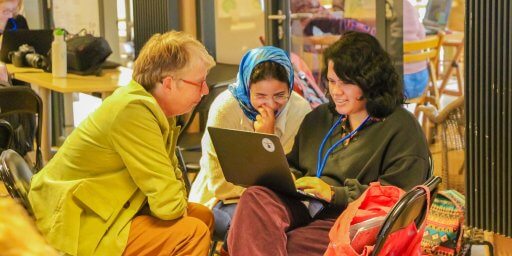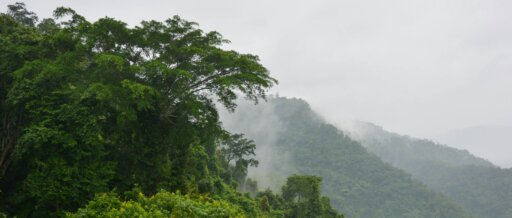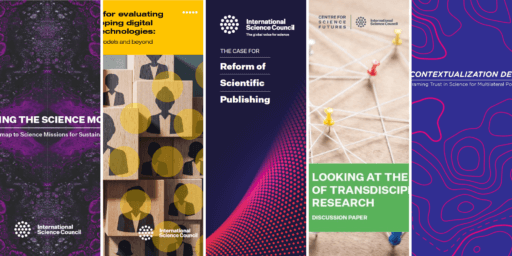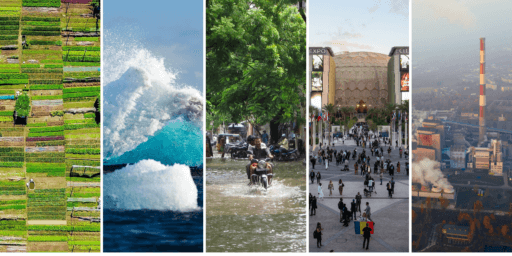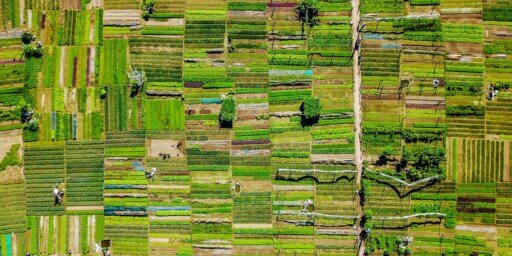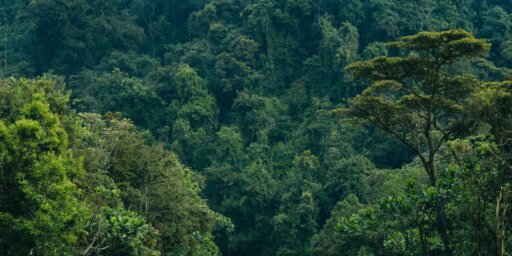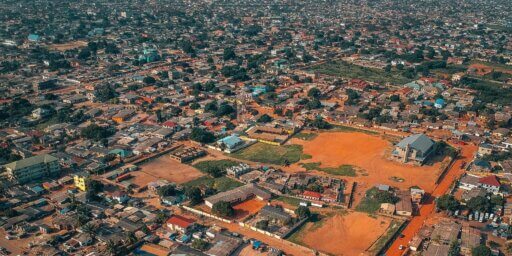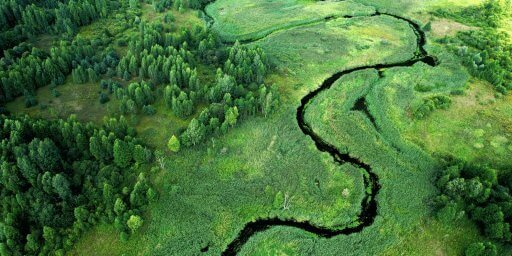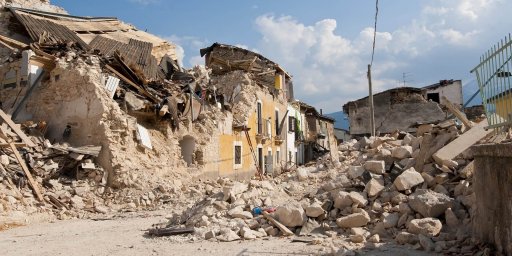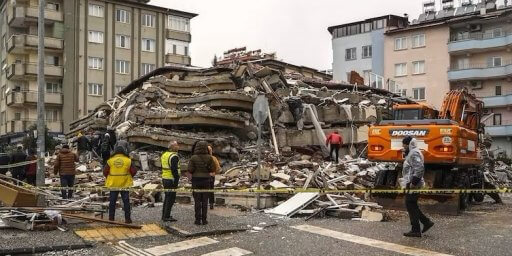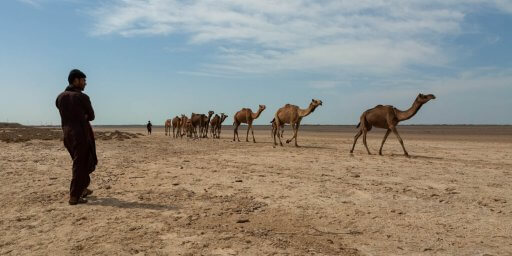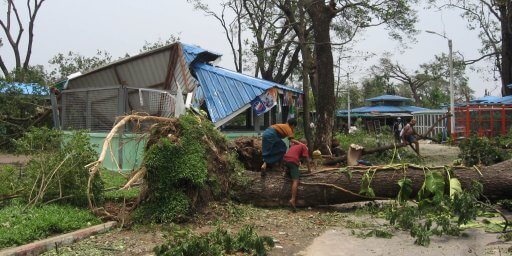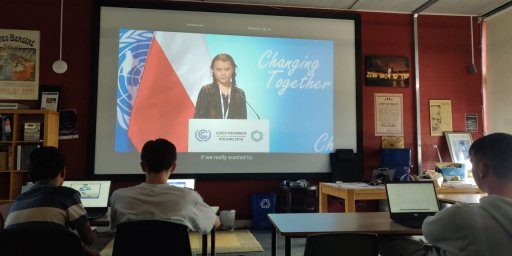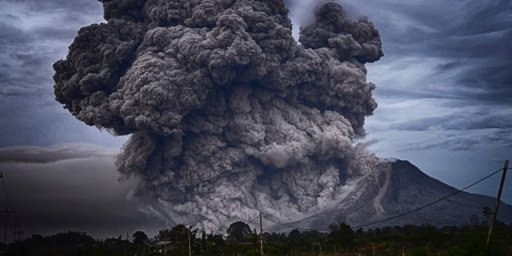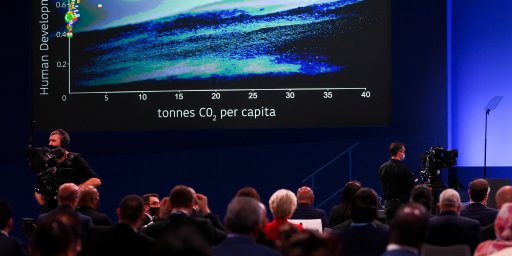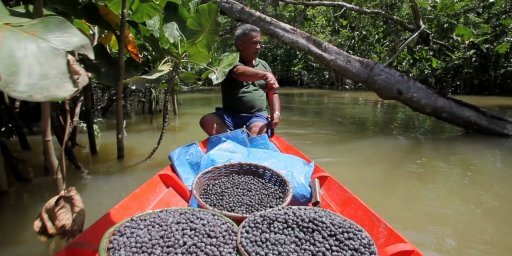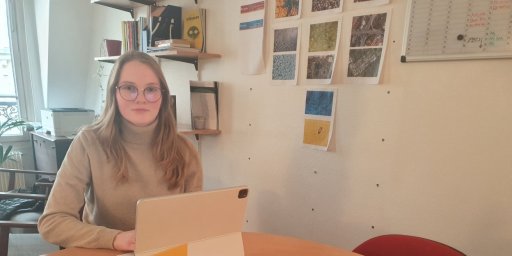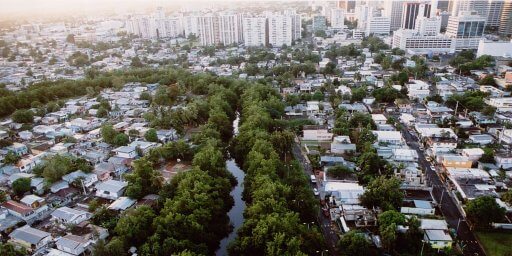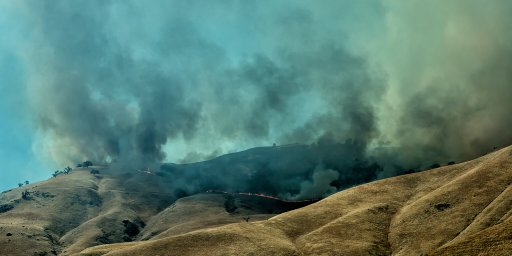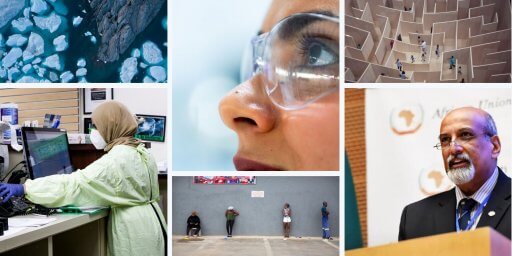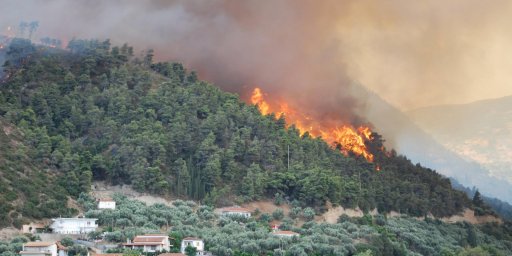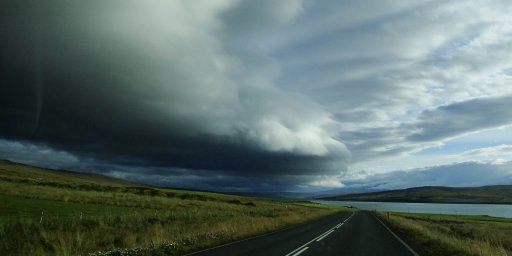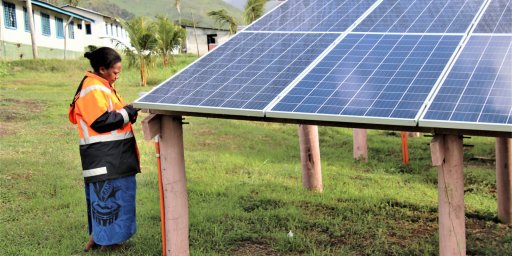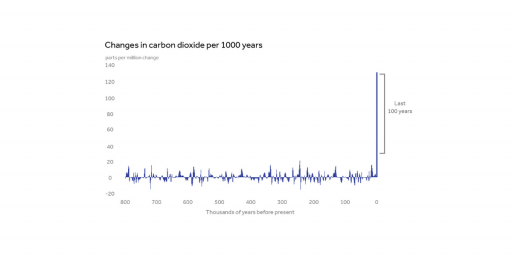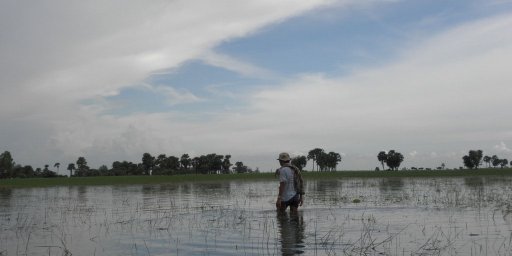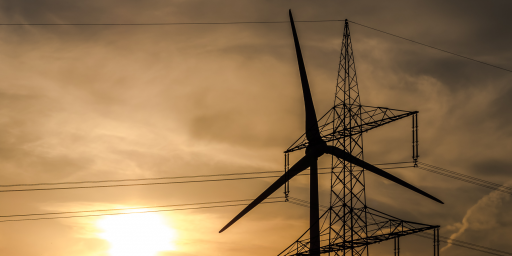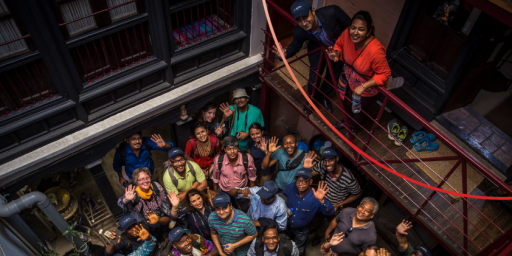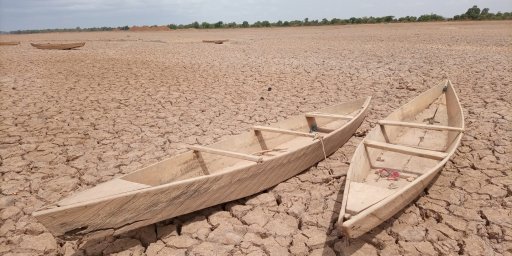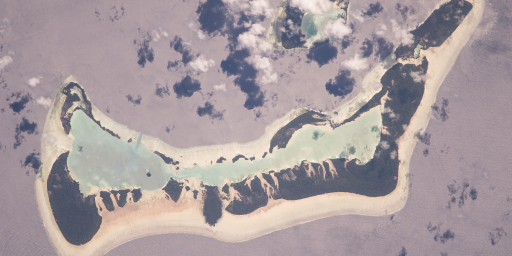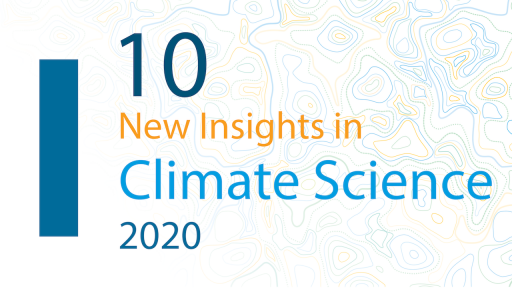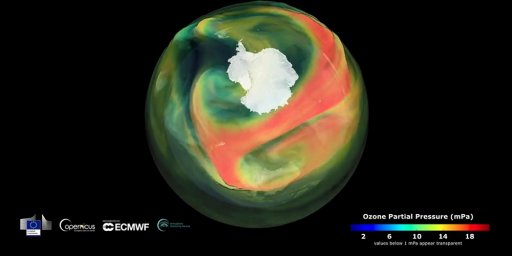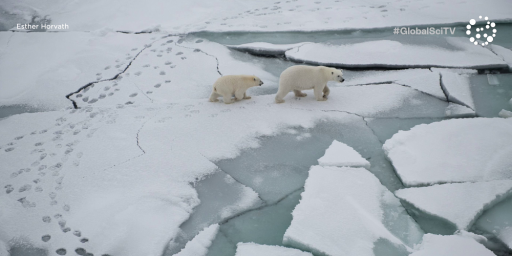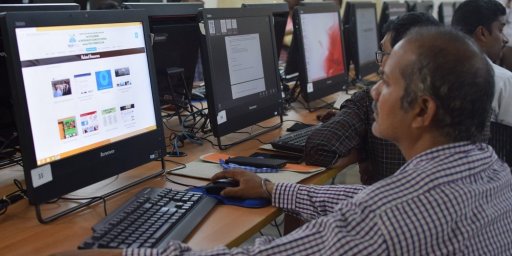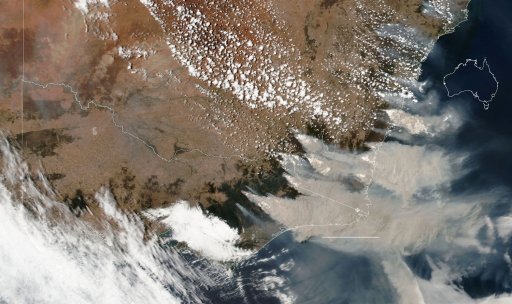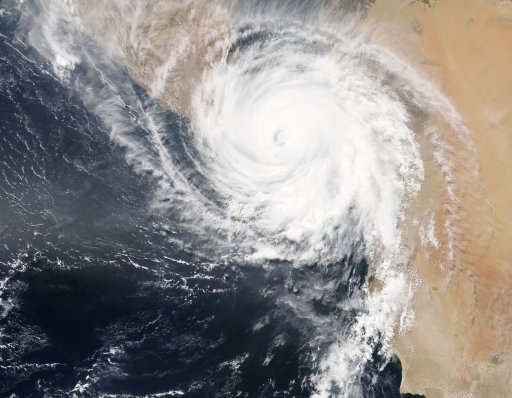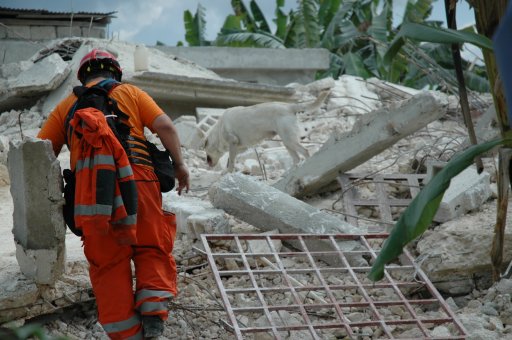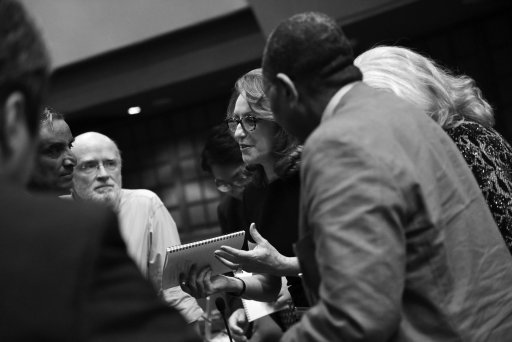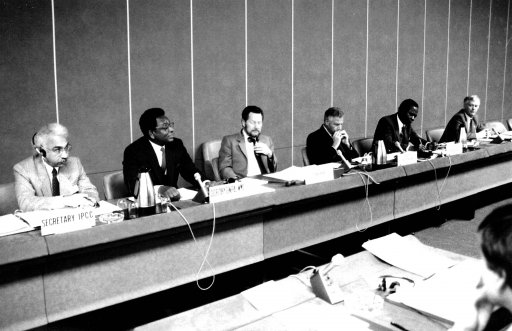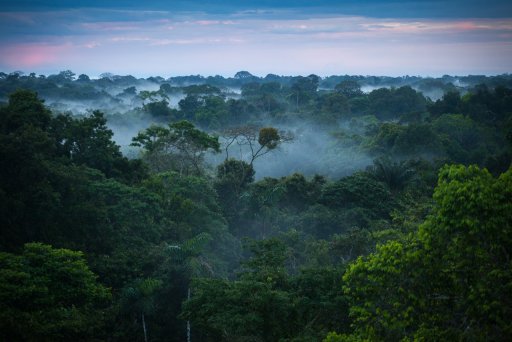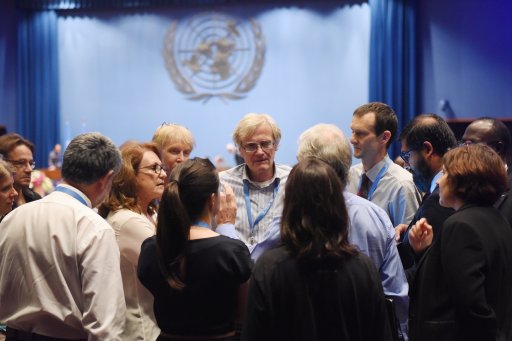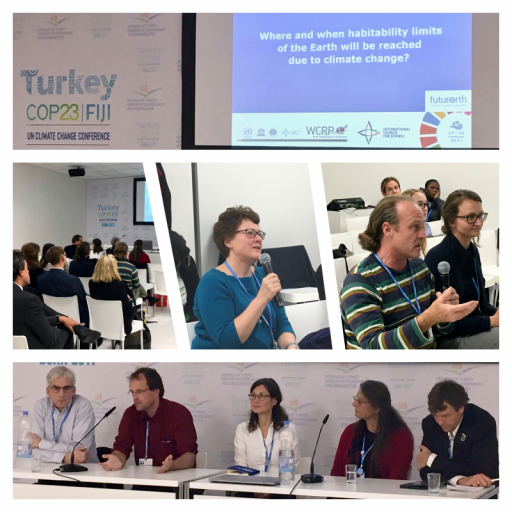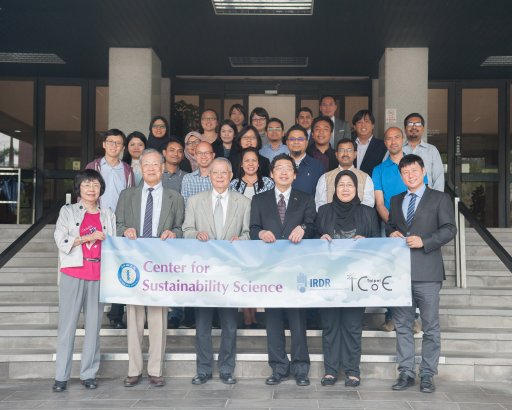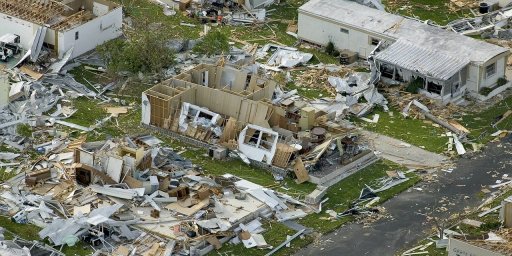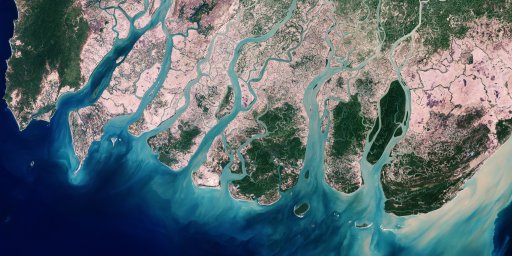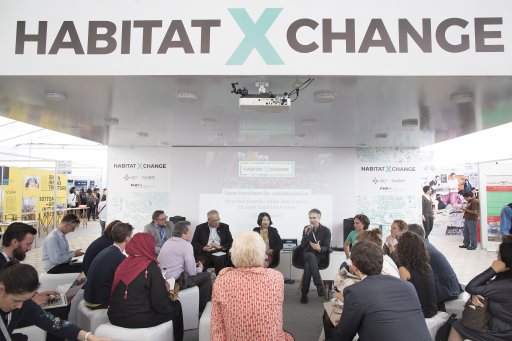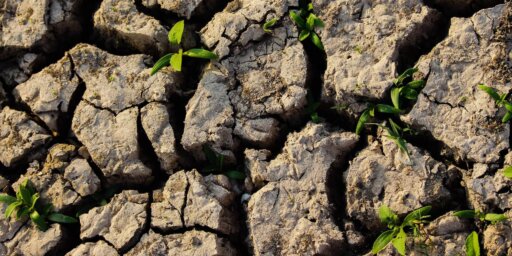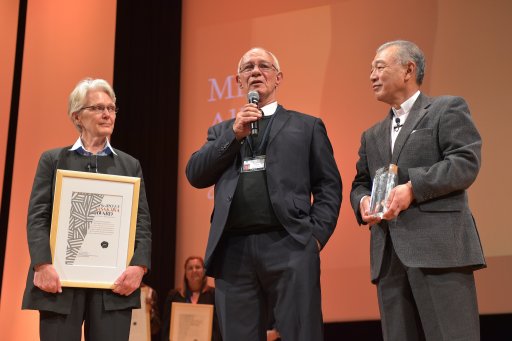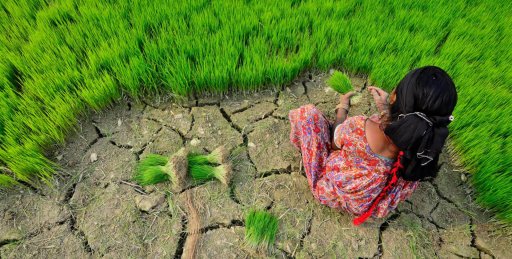This article is part of the ISC’s Transform21 series, which features resources from our network of scientists and change-makers to help inform the urgent transformations needed to achieve climate and biodiversity goals.
The climate risks facing societies today are increasingly complex, frequent and unpredictable. For the 170 million inhabitants of the Ganges-Brahmaputra-Meghna (GBM) delta, the world’s largest and most populous delta system, regular flooding is already a reality. A combination of hazards including rising sea levels, fluctuating river flows, intense monsoon rainfall, land subsidence and cyclonic storms, as well as social vulnerabilities associated with poverty, mean that the delta is one of areas most vulnerable to climate risks. However, separating out the different impacts of each of those factors and understanding how they relate to each other is a challenge, and subject to a lot of uncertainty. Locals know when the monsoon season will arrive, and when cyclones tend to occur, but it’s very difficult to know exactly when or where extreme climate events will take place, and who or what might be affected.
The latest scientific evidence continues to provide new insights that help to predict and understand such risks, but confronting complex, systemic risks also means getting used to uncertainty.
Many potential future risks, such as how ecological degradation might lead to the emergence of new zoonotic diseases, cannot be predicted. The COVID-19 pandemic has demonstrated how connected risks can cascade across different systems and sectors, such as when health risks lead to school closures that affect education, or to border closures that affect freight of essential goods.
“The new normal is complexity and also uncertainty. That means we cannot measure everything. Of course we have lots to do still to measure and understand better systemic risk, in order to model and forecast certain risks, but we have to embrace the fact that we are not able to model and measure everything”.
Jana Sillmann, University of Hamburg, Germany, and Center for International Climate Research (CICERO), Norway.
This lack of certainty can be a challenge for policy-making, which typically relies on numerical indicators and fixed timelines. Given that different government departments or ministries tend to be responsible for managing the different factors that could be affected by emerging risks – such as health systems, flood defences, electricity or transport networks – dealing with interconnected and cascading risks demands joined-up planning that is equipped to grapple with evidence coming from many different sources, and mainstreaming risk reduction as an integral part of sustainable development.
‘Policy-makers and decision-makers really need systemic risk information in a really concise way, but what they’re used to is a numerical representation of direct risk – heatwaves, flooding etc – but systemic cascading risk can’t be quantified,’ said Daniel Quiqqin, Senior Research Fellow at Chatham House,
Quiggin was the host of a special event at the recent COP26 meeting co-organized by the ISC, Chatham House and Climate Central, in which representatives from UNDRR, Future Earth, Climate Central and the World Climate Research Programme (WCRP) shared information on how innovative methods of presenting information can help to support the kind of engagement between policy-makers and scientists needed to tackle complex, systemic risks.
Climate risks are cascading and compounding.
— Chatham House Environment and Society (@CH_Environment) November 17, 2021
But how do we empower policy-makers to act on climate science?
Loretta Hieber Girardet (@LoriHG_UN), Chief of @UNDRR_AsiaPac, reflects on the challenges.
Hear more from our #COP26 side event:https://t.co/e22xMPHJ7F pic.twitter.com/YVv0isY0MV
Ben Strauss, CEO and Chief Scientist of Climate Central, opened the session with a series of powerful images showing how our climate and energy choices over the decade are likely to influence sea level rise affecting city centres and landmarks across the globe.
These shocking visualisations immediately engage the viewer on a personal level, with a tangible idea of what climate risk could entail in a location they already know.
Several speakers emphasised the importance of providing relatable, locally relevant information in a way that can be easily digested. Using a narrative style of presenting results and drawing on lived experiences are some of the ways to go beyond numerical explanations of risk.
“A well-told story can be much more actionable than a complex quantitative analysis. Decision-makers respond to key things relevant to them and their context,” said Tim Benton, Research Director at Chatham House.
We can now use narrative scenarios, or point to historical examples of risks, such as the effects of a typhoon in a certain place, and imagine what might happen if such events took place every five years, or more frequently.
While this kind of radical uncertainty can be frightening for scientists used to quantifying specific risks, said Benton, scientists have a crucial role to play in capacity building on dealing with systemic cascading risks, and on integrating qualitative, value-based knowledge within risk analysis and response.
Watch the full session here:
Photo: Syed Touhid Hassan via Flickr.
Related Items
Insights from Dr. Pedro Jaureguiberry, Frontiers Planet Prize National Champion, on biodiversity loss and planetary boundaries
25.04.2024
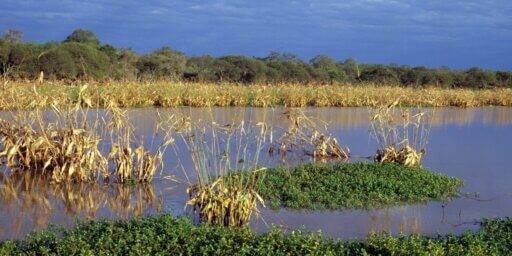
Disaster risk reduction: UNDRR and ISC to review Hazard Information Profiles ahead of 2025 Global Platform
09.04.2024

Pacific Islands Academy of Sciences and Humanities: A Pivotal Step Towards a Resilient Future
01.03.2024

World Climate Research Programme launches a Lighthouse Activity on Climate Intervention Research
15.02.2024

Fostering tomorrow’s science: the ISC's engagements with Early and Mid-Career Researchers in 2023
13.12.2023

"What's holding us back?": how economists and social scientists might hold the key to climate action
12.12.2023

Podcast with Cory Doctorow: Science Fiction and the Future of Science: Leveraging Digital Advancements for the Future
11.12.2023

For science-based decision-making on the climate emergency: 10 new insights in climate science
05.12.2023

Call for nominations to renew the Scientific Committee of the Integrated Research on Disaster Risk (IRDR) Programme - deadline: 15 January
29.11.2023

The costs of shifting scenarios: Why the IPCC should maintain consistent vocabulary in climate assessments
17.11.2023

New ISC policy brief: A call for a formal scientific voice in the global fight against plastic pollution
16.11.2023
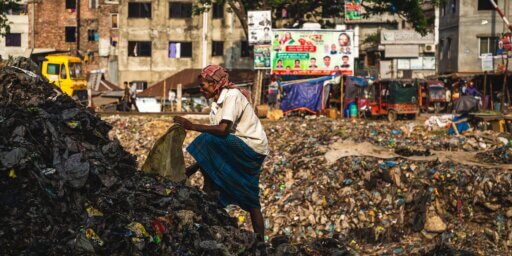
Converging and interdependent crises are amplifying the impacts of one another with often devastating consequences
16.11.2023

One Planet Polar Summit, scientists striving to bridge the science-policy gap for urgent action: "every tenth of a degree Celsius matters"
09.11.2023

Call for nomination of experts to draft an outline of the IPCC Special Report on Climate Change and Cities - deadline 15 November
02.11.2023

Cultivating a proactive approach to crises: first meeting of the UNEP/ISC foresight expert panel
26.09.2023
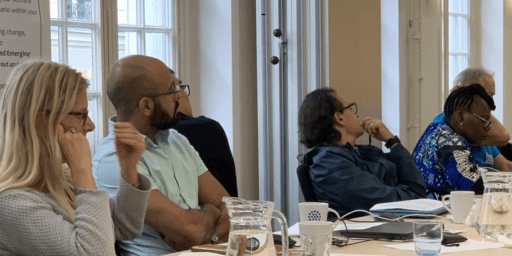
Helping newsrooms get disaster risk ready, an International Science Council and World Editors Forum collaboration
21.08.2023
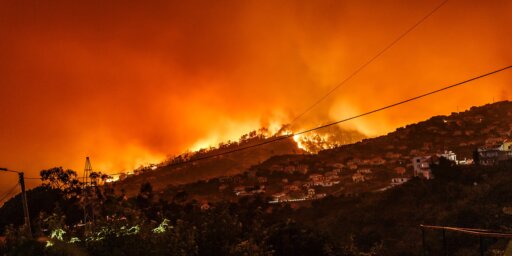
Preparing for Crisis X: Can newsrooms and the scientific community overcome sceptical publics?
29.06.2023

Frontiers Planet Prize, second edition: celebrating the world’s most innovative sustainability scientists by 1 November
08.06.2023

Protecting the ocean: 5 essential reads on invasive species, overfishing and other threats to sea life
08.06.2023

Rising to the challenge of the High-Level Meeting on the Sendai Framework: Insights from the ISC's latest disaster risk reduction report
18.05.2023
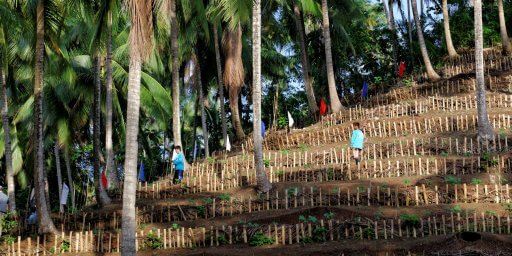
ISC's nomination track ensures transdisciplinary and global representation in UNEP's Scientific Advisory Group for GEO-7 Assessment
14.04.2023

UN 2023 Water Conference carries new engagements towards realizing SDG6 and future avenues for a decade of action
23.03.2023
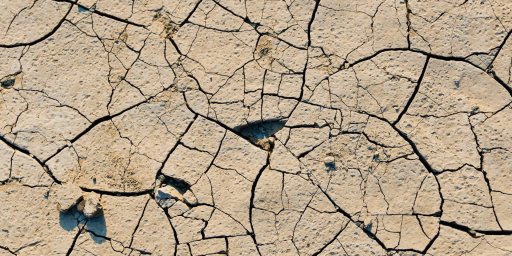
IPCC report: the world must cut emissions and urgently adapt to the new climate realities
21.03.2023
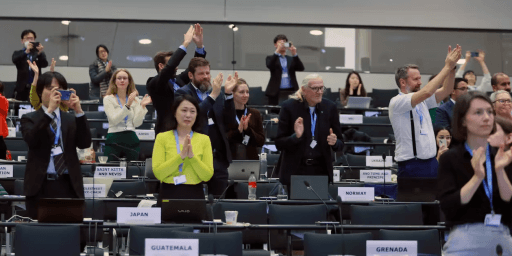
ISC-BBC StoryWorks partnership ends on a high note, delivering some of the highest engagement for the BBC
13.03.2023

World is set to miss UN targets for preventing deadly and costly disasters by 2030, warns International Science Council
28.02.2023

In wake of ‘natural’ disasters, not reducing biodiversity loss is a big missed opportunity
01.02.2023

The ISC and UNEP to cooperate on advancing the use of science in environmental policy and decision-making
16.12.2022

Science in Times of Crisis Episode 3 - The Fallout of Conflict: The Arctic and Outer Space
15.12.2022

There are 8 years left to meet the UN Sustainable Development Goals, but is it enough time?
18.11.2022

Special interview series on COP 27- Interview with Nick Perkins about climate change and science communication
17.11.2022

Are we in a new era of climate adaptation implementation? The role of regional governments in facilitating local action
09.11.2022
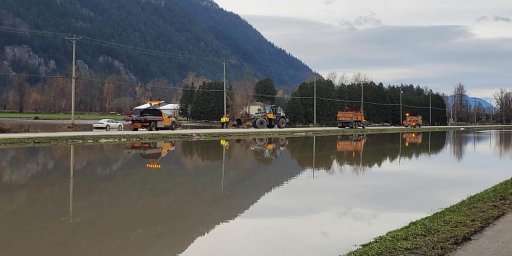
In the face of extreme weather events, coordinated global action to address climate change is needed at COP27
04.11.2022

Professor Carlos Lopes on why Africa needs to stick to renewables despite the temptation of gas
28.10.2022
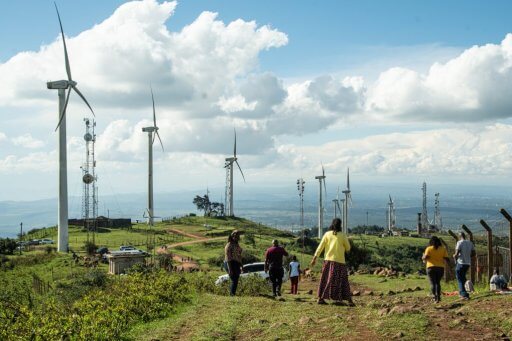
Happy birthday to the Montreal Protocol – the most successful environmental treaty of all time?
16.09.2022

Funding for resilience: Five key objectives to protect vulnerable groups through Environmental, Social, and Governance (ESG) Investing
04.08.2022

Policy Brief: Harnessing data to accelerate the transition from disaster response to recovery
24.05.2022
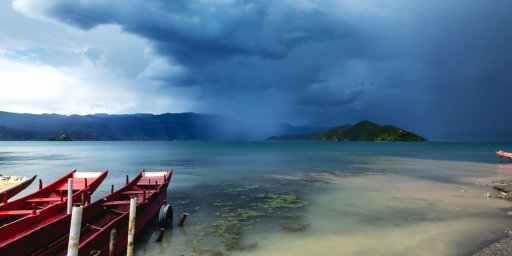
Managed retreat from areas threatened by floods can catalyse positive social transformations
13.04.2022
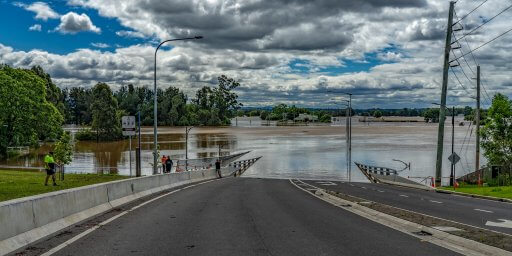
Joint letter to ISC Members from ISC President, Peter Gluckman, and Acting CEO, Mathieu Denis
06.04.2022
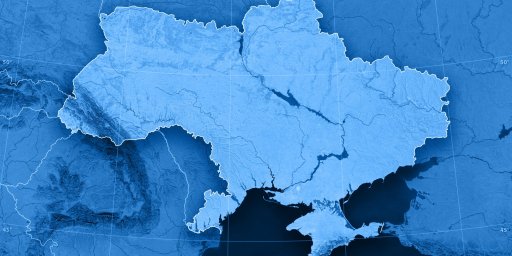
Systemic Risk Briefing Note highlights complexity of interconnected, interdependent, and uncertain challenges
10.03.2022

Women Leading on Equitable and Inclusive Solutions to address the Climate Emergency: Webinar
08.03.2022

The window for climate action to avoid dangerous systemic risks is narrowing, warns latest IPCC report
28.02.2022
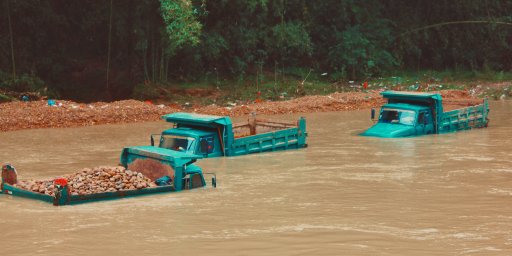
Strengthening emergency communications for complex, cascading and compounding events – lessons learned from the Hunga Tonga-Hunga Ha'apai eruption and tsunami in Tonga
14.02.2022

An early career perspective on the science-policy interface in the decade of climate action following COP26
28.12.2021

If universities want to hit climate targets, they should use their land for carbon offsetting
26.11.2021

Major scientific assessment of the Amazon region issues urgent call to end deforestation and avert tipping points
15.11.2021

Climate change projections for Pakistan: the need for sustainable solutions to protect its people and biodiversity
08.11.2021

Four considerations for accelerating progress on climate change at the science-policy interface
05.11.2021

Ten New Insights in Climate Science 2021 report highlights critical research and policy implications for addressing the climate crisis
04.11.2021
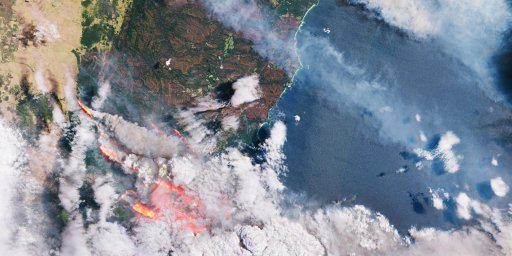
Ahead of COP26, Ekanem I. Braide shares her perspective on the priorities for action and the role of science
29.10.2021

Climate risk assessment gaps: seamless integration of weather and climate information for community resilience
27.10.2021

Increasing the participation of women in the climate change debate, including as leaders, is essential for a carbon-zero future
19.10.2021
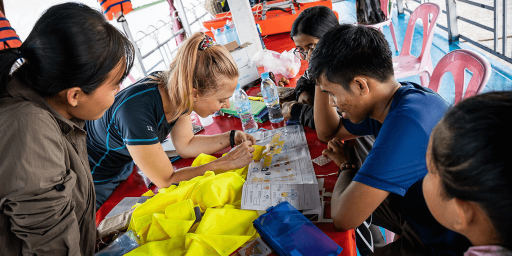
Deepening interactions between science and policy on the way to COP26: What role for science publishers?
12.10.2021

Hazard Information Profiles: Supplement to UNDRR-ISC Hazard Definition & Classification Review - Technical Report
04.10.2021

Earthquake expert who advised the Haiti government in 2010: ‘Why were clear early warning signs missed?’
13.09.2021
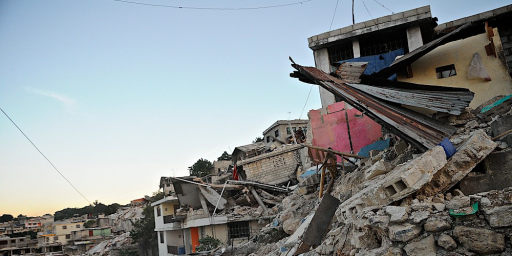
Call for emergency action to limit global temperature increases, restore biodiversity, and protect health
06.09.2021

Coastal communities in the Arctic rely on structural measures to adapt to climate change, but should they?
19.08.2021
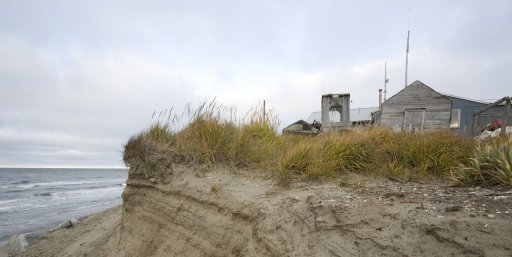
Deep and sustained emissions reductions required to head off rapid climate change affecting all regions of the world
09.08.2021
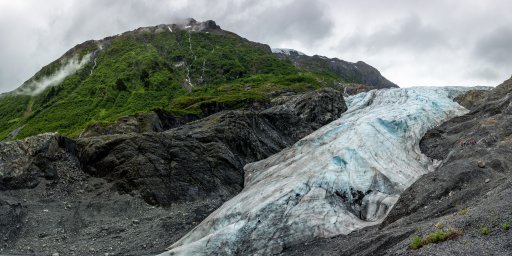
Tell me a story – why climate change communication needs to embrace our childlike curiosity
28.06.2021

COP26 Climate Action Champion Nigel Topping on creating an 'ambition loop' for bolder pathways to change
04.05.2021
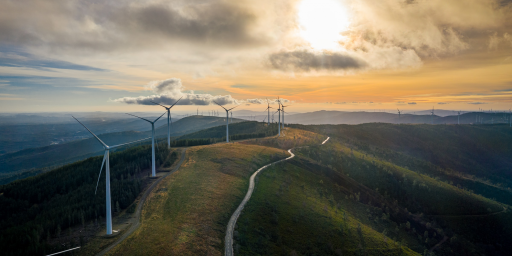
Strengthening the links between science and society for action on climate change in France
19.04.2021

Target high-carbon emitters to accelerate green transition, say leading experts on behavioural change
13.04.2021

Working together: Future Earth and WCRP announce partnership to jointly address major societal challenges
18.12.2020

Taking stock of progress on global change: What to expect from the UNEP Global Assessments Synthesis Report
03.12.2020

Kyoto Landslide Commitment launched to increase understanding on how to reduce landslide risk
02.12.2020

Lessons from existing disaster risk and recovery research should inform equitable and sustainable pathways out of the pandemic
13.08.2020
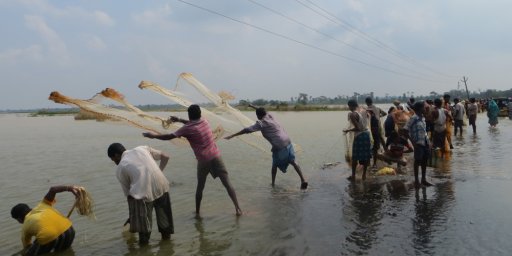
From COVID-19 crisis comes opportunity to rethink risk - by Heide Hackmann, ISC CEO and Mami Mizutori, Secretary-General UNDRR
03.06.2020

Tackling Climate Change with COVID-19 Urgency - by ISC Patron, Mary Robinson and ISC President, Daya Reddy
01.04.2020

Placing scientific knowledge, preparedness and public awareness at the core of disaster risk policy
01.04.2020
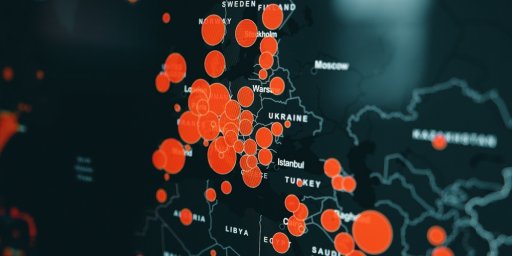
Building resilience against biological hazards and pandemics: COVID-19 and its implications for the Sendai Framework
27.03.2020

Call for nominations of experts to serve on the Editorial Board of the IPCC Emission Factor Database
02.12.2019

Cities in the Danger Zone: Adding Natural Threats to the Development Challenges in the Democratic Republic of the Congo and Cameroon
13.11.2019

ISC commits to enhanced collaboration with UN-Habitat and UNDRR on urban health and wellbeing and disaster risk reduction
20.06.2019

Official Statement by the Scientific and Technological Community (STC) Major Group Global Platform for Disaster Risk Reduction 2019, Geneva, Switzerland
17.05.2019

Science and Policy Forum underscores need for collaboration across science, policy makers and society for success in disaster risk reduction
15.05.2019

ISC launches policy briefs ahead of the UN Global Platform on Disaster Risk Reduction (GP2019)
10.05.2019

The political challenge of achieving transformations to 1.5ºC – the role of social justice
02.04.2019
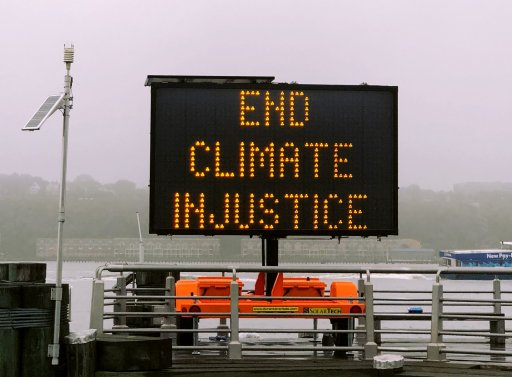
COP24 side event on The CitiesIPCC Research and Action Agenda for effective urban responses to climate change
07.12.2018

Transforming southern African cities in a changing climate – Q and A with Alice McClure from the University of Cape Town
28.08.2018
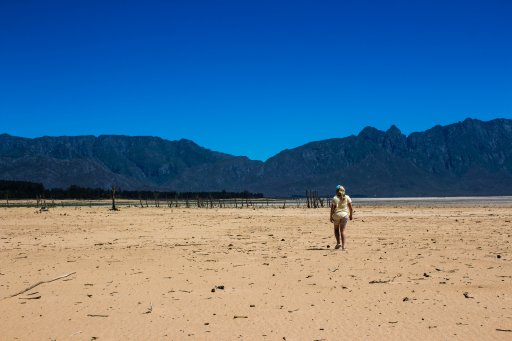
International Council for Science calls on United States to support international efforts to combat dangerous climate change
01.06.2017

ICSU and IRDR publish set of policy briefs to inform the 2017 Global Platform for Disaster Risk Reduction
11.05.2017
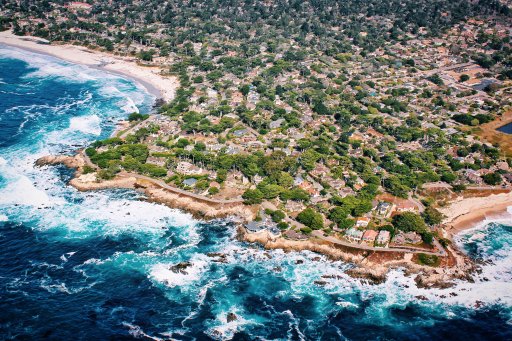
Call for Participation: 2017 Advanced Institute on Disaster Risk Reduction with Systems Approach for Slow-Onset Climate Disasters (AI-SOCD)
18.04.2017
NZ Government thanks IRDR and CODATA groups for their help following 2016 Kaikoura earthquake
23.02.2017

ICSU Unions receive award to launch multi-year initiatives in science outreach and education
09.02.2017
ICSU publishes independent mid-term review of Integrated Research on Disaster Risk (IRDR) programme
19.01.2017
New paper: Disaster risks research and assessment to promote risk reduction and management
18.03.2015

More than 1,000 delegates gather in Geneva for talks on global disaster risk reduction agreement
20.11.2014

UN supports call for an international science advisory mechanism on disaster risk reduction
26.07.2014
Science Plan on Hazards and Disasters: Special Vulnerability of Islands – ICSU Regional Office for Asia & the Pacific
11.01.2013
Science Plan on Understanding and Managing Natural Hazard Risks – ICSU Regional Office for Latin America and the Caribbean
01.01.2010

ICSU launches new programme to understand the human impact on Earth’s life-support systems
22.10.2008
International Council for Science (ICSU) launches major research programme on natural disasters
22.10.2008








